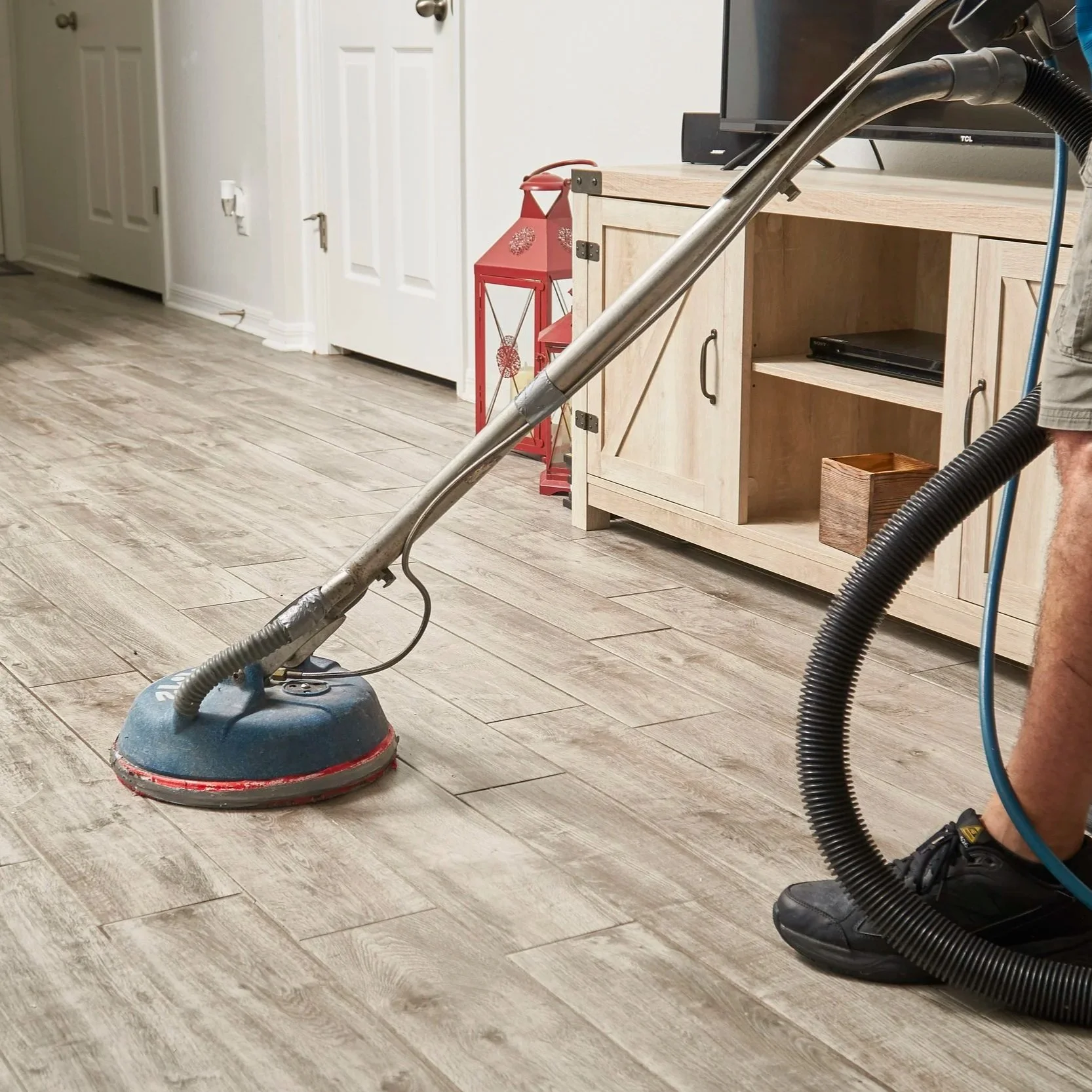Sanitizing High-Traffic Areas: The Key to a Healthier Home or Office
Professional sanitization focuses on these critical areas, reducing the spread of germs and creating safer, more comfortable environments for residents, employees, and visitors.
High-traffic areas in homes, offices, and commercial spaces naturally accumulate more dirt, bacteria, and allergens than less-frequented spaces. While routine cleaning keeps surfaces visually appealing, it often misses hidden contaminants that can affect indoor air quality and overall health. Professional sanitization focuses on these critical areas, reducing the spread of germs and creating safer, more comfortable environments for residents, employees, and visitors.
Floors: The Foundation of Cleanliness
Entryways, hallways, and communal spaces experience constant foot traffic, which leads to dirt, debris, and microorganisms embedding in flooring materials. Traditional mopping and vacuuming remove surface grime, but deep cleaning methods extract particles trapped in cracks, grout, and textured surfaces.
Professional techniques such as steam cleaning, high-pressure extraction, and specialized carpet or tile treatments restore flooring to a near-original condition. These approaches not only improve appearance but also extend the life of the flooring by preventing the buildup that can generate wear and deterioration. Moreover, cleaner floors contribute to better indoor air quality, as they reduce the amount of dust and allergens that can circulate through HVAC systems.
Carpets and Rugs: Hidden Contaminant Traps
Carpets and area rugs act as natural filters, trapping dust, pollen, pet dander, and bacteria. Without routine deep cleaning, these contaminants settle into fibers and are released back into the air with every step, potentially aggravating allergies and respiratory conditions.
Steam cleaning and hot water extraction remove deeply embedded allergens, refresh fibers, and maintain the aesthetic appeal and durability of carpeted surfaces. In commercial spaces, clean carpets not only improve indoor air quality but also convey professionalism, creating an inviting atmosphere for clients and employees.
Furniture and Upholstery: Surfaces You Touch Every Day
Shared furniture—such as sofas, armchairs, and office seating—absorbs germs, odors, and particulate matter from frequent contact. Armrests, cushions, and headrests often harbor bacteria that routine vacuuming and surface cleaning cannot reach.
Professional sanitization treatments penetrate fabric fibers to remove dirt, neutralize odors, and refresh materials, maintaining a healthier and more comfortable environment. This service is crucial in offices, lounges, waiting rooms, and shared living spaces where multiple individuals frequently interact with the same surfaces. Proper upholstery cleaning also prolongs the life of furniture, making sure it remains both functional and visually appealing.
High-Touch Surfaces: Doorknobs, Handrails, and Switches
Doorknobs, handrails, light switches, elevator buttons, and touchscreens are among the most frequently handled surfaces in any home or workplace. These areas are prime hotspots for bacteria and viruses, making them critical points for sanitization.
Routine disinfection reduces the risk of pathogen transmission. Professional cleaning services utilize hospital-grade disinfectants specifically designed to eliminate germs without damaging materials, ensuring that high-touch areas remain safe and hygienic. Incorporating these practices into regular maintenance routines creates an extra layer of protection for residents, employees, and visitors alike.
Kitchens and Breakrooms: Preventing Foodborne Illness
Kitchens, pantries, and breakrooms require diligent attention due to the high potential for bacterial growth. Countertops, sinks, refrigerator handles, and appliance surfaces are constantly exposed to food particles, moisture, and human contact.
Deep cleaning removes grease, food residue, and hidden bacteria that can contribute to foodborne illness. Regular sanitization in these areas not only protects health but also improves the overall functionality and visual appeal of shared culinary spaces. In workplaces, clean kitchens and breakrooms help foster a positive employee experience and prevent productivity loss due to illness.
Restrooms: Hygienic Hotspots
Restrooms in high-traffic areas demand consistent, thorough cleaning. Moist environments encourage the growth of bacteria and mold, creating potential health hazards. Sinks, toilets, urinals, floors, and tile surfaces require frequent attention.
Professional sanitization eliminates harmful microbes, restores freshness, and prevents the accumulation of grime. Maintaining hygienic restrooms protects health, supports a professional appearance in offices or commercial spaces, and contributes to the overall comfort of occupants.
Improving Air Quality Through Deep Cleaning
Routine deep cleaning and sanitization of high-traffic and high-touch areas significantly improve indoor air quality. Dust, mold spores, and allergens that settle on surfaces can be circulated through ventilation systems, exacerbating respiratory issues.
Removing these pollutants reduces the burden on HVAC systems and contributes to a fresher, healthier indoor environment. For households with children, elderly residents, or individuals with asthma or allergies, this improvement can be especially beneficial. Clean air supports overall health, enhances comfort, and makes a more pleasant living or working environment.
Workplace Benefits: Healthier, More Productive Spaces
Businesses gain measurable benefits from professional sanitization. Clean surfaces and improved air quality contribute to employee well-being, reduce illness-related absenteeism, and enhance productivity. A well-maintained workspace also leaves a positive impression on clients, visitors, and stakeholders, reinforcing a culture of care and professionalism.
Investing in regular sanitization is more than a health measure—it is a long-term investment in employee productivity, client satisfaction, and the business's reputation. In industries such as healthcare, hospitality, and education, routine deep cleaning is also essential for meeting regulatory standards and maintaining public trust.
Conclusion: The Importance of Consistency
High-traffic areas, whether in homes or workplaces, require specialized attention to maintain cleanliness, hygiene, and durability. Consistent sanitization protects against hidden contaminants, improves indoor air quality, and extends the lifespan of flooring, furniture, and fixtures.
Professional cleaning services offer the expertise, tools, and advanced techniques necessary for thorough sanitization, ensuring surfaces remain safe, fresh, and inviting. By prioritizing these critical spaces, homeowners and businesses alike can enjoy a healthier environment that promotes long-term comfort, safety, and well-being.


